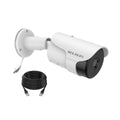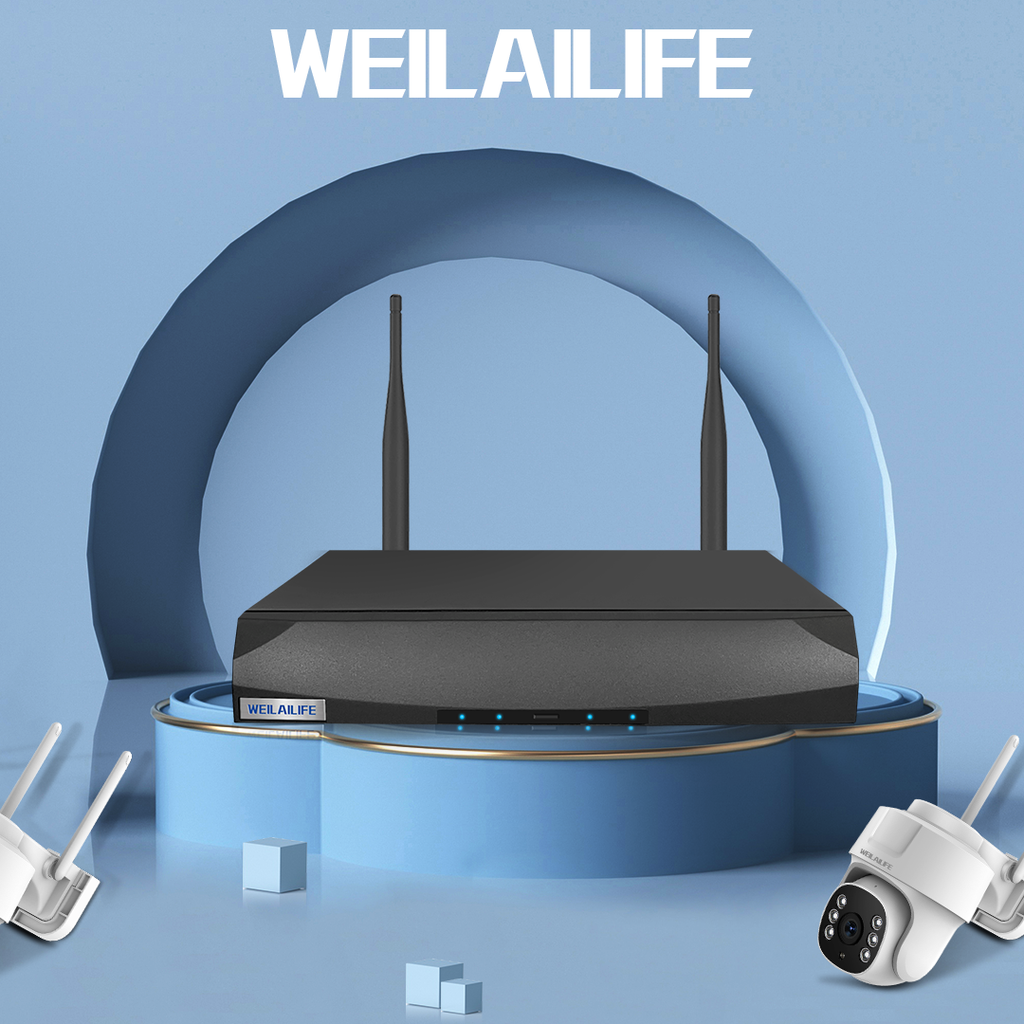Advantages of WEILAILIFE Intelligent Surveillance Systems
When it comes to security surveillance, manufacturers, integrators, engineers, and users alike are well-versed in the mainstream technologies and trends of video monitoring. Terms like digitalization, networking, 1080P, 2 million pixels, intelligent analysis, video summaries, video compression, and H.265 are all common knowledge. However, these technical terms share a commonality – they are all presented from a technological perspective. But, the ultimate goal is to implement these technologies effectively, catering to user requirements and achieving specific functionalities that are most suitable. Therefore, it is imperative to adopt relevant products and technologies from the standpoint of system functionality and value. Let's delve into several technological application perspectives, discussing them with industry peers.
**1. Extending Storage Duration:**
For security surveillance, GB50348's "Code for Design of Security Protection Engineering" states that "data, images, sounds, and other recorded information should be retained for at least 30 days to meet security management requirements." Most users typically default to this storage duration, and some might request a storage period of 2 months. With the development of H.265 technology and the rise in mainstream surveillance hard drive capacities up to 4TB, users can now tailor their storage duration according to project requirements and budget. For instance, if the project budget allows, a storage period of 2 months or even longer can be requested. Furthermore, H.265 technology reduces video transmission bandwidth compared to H.264, making it possible to achieve "clearer images under the same bandwidth and smaller bandwidth under the same image quality." Additionally, this technology reduces the number of required hardware storage resources.
**2. Diverse Application of Monitoring Images:**
Initially, video surveillance was primarily used for security purposes, but over time, its applications expanded to include road traffic monitoring, public security surveillance, and even factory production monitoring. At present, the pixel count in video surveillance is no longer a concern, given specifications like 2 million pixels, 3 million pixels, and 5 million pixels. The challenge is how to utilize these images effectively beyond security monitoring, integrating them with user business processes to create additional value. For example, unmanned operations eliminate the need for manual surveillance, while video patrols replace the need for human patrols, resulting in significant cost savings. Therefore, the "diverse application of monitoring images" concept pushes integrators and manufacturers to increase the application of intelligent analysis technology. This maximizes the potential of intelligent analysis technology by aligning it with user business processes.
**3. Enhanced System Maintenance Convenience:**
In various organizations, it's common to have hundreds or even thousands of surveillance cameras. As one can imagine, traditional maintenance methods become impractical. First, real-time monitoring of all cameras is virtually impossible, and playback can only be conducted after an incident has occurred. However, the retrieved footage's quality and usefulness remain uncertain, and this process might need to be repeated if another incident occurs during the retrieval process. This creates a vicious cycle. Second, in criminal investigation movies, detectives spend hours or even longer reviewing footage for clues. If this scenario were applied to an organizational surveillance center, security personnel would either be overwhelmed or unable to achieve the desired results. Thus, the demand for "enhanced system maintenance convenience" leads manufacturers and integrators towards technologies like video summarization and video quality diagnosis. This transition aims to realize true intelligent security systems.
**4. Compatibility with Mainstream Manufacturer Products:**
When discussing system compatibility among security manufacturers, conversations often involve phrases like "Our products support ONVIF standard..." However, when it comes to specific projects, it's often impossible to achieve true product compatibility between different brands. The introduction of GB/T 28181, "Technical Requirements for Networking and Communication of Security and Protection Video Surveillance Systems," provides a guideline for compatibility among different brands' security products. However, practical implementation still falls short of achieving full compatibility. Therefore, it's recommended that in large-scale projects, users take the lead in achieving true interoperability. This approach ensures that security products, regardless of brand, are truly IP-based. Ultimately, this approach would make any IP-based camera suitable for integration with a security system. Such developments may lead to manufacturers specializing in specific areas, such as cameras, storage, or surveillance platforms. Hence, the demand for "compatibility with mainstream manufacturer products" prompts manufacturers to genuinely focus on compatibility with ONVIF and GB/T 28181 standards. Failure to do so might result in exclusion from the market.
**5. Simplified Device Wiring:**
Currently, surveillance cameras typically require both power and network cables. However, industry professionals are eager for a single-cable solution (like Power over Ethernet, or PoE) or even a wireless transmission method. While wired connections offer greater stability compared to wireless, PoE offers a more convenient solution, significantly reducing installation complexity. Although PoE has not been widely adopted due to stability concerns and hardware limitations, it has the potential to revolutionize the industry. This leads to the concept of "simplified device wiring," which encourages manufacturers to enhance their PoE products. Security manufacturers are expected to improve their PoE-enabled cameras, while network switch manufacturers enhance their PoE switches. Additionally, this concept promotes the growth of wireless transmission methods, particularly for scenarios where infrastructure modifications are challenging or distances are significant. As a result, this simplifies the device installation process.
In conclusion, the advancement of intelligent surveillance systems reflects a profound shift in the industry. The transition from traditional
Sample Block Quote
Nam tempus turpis at metus scelerisque placerat nulla deumantos sollicitudin delos felis. Pellentesque diam dolor an elementum et lobortis at mollis ut risus. Curabitur semper sagittis mino de condimentum.









